Understanding PP Plastic Cup Lids in Modern Beverage Service
The beverage industry has undergone significant transformations in recent years, with sustainability and functionality becoming paramount concerns for both businesses and consumers. At the heart of this evolution lies the humble cup lid, specifically those manufactured from polypropylene (PP) material. These components play a crucial role in the drink packaging ecosystem, serving not just as protective covers but as integral elements that influence user experience, environmental impact, and operational efficiency. As the global movement toward eco-conscious consumption gains momentum, PP plastic cup lids have emerged as a subject of considerable interest due to their unique combination of practical benefits and environmental credentials. This comprehensive guide explores the multifaceted world of PP plastic cup lids, examining their properties, advantages, applications, and their position within the broader context of sustainable packaging solutions.
Polypropylene, commonly referred to as PP, is a thermoplastic polymer known for its exceptional versatility and favorable characteristics for food and beverage applications. When fashioned into cup lids, this material demonstrates qualities that make it particularly suitable for containing various types of drinks across different serving temperatures. The manufacturing processes employed in creating PP lids have been refined over decades, resulting in products that meet stringent safety standards while delivering consistent performance. Understanding the fundamental aspects of these ubiquitous components provides valuable insight into why they have become the preferred choice for many establishments within the food and beverage sector, from small independent cafes to large-scale international chains.
Five Essential Long-Tail Keywords for PP Plastic Cup Lid Research
For those seeking detailed information about PP plastic cup lids, certain specific search queries yield particularly valuable insights. These long-tail keywords combine moderate search volume with relatively low competition, making them ideal for comprehensive research. The five essential terms include:
- heat resistant PP plastic cup lids for hot beverages
- custom printed disposable PP lid specifications
- recyclable plastic cup lids wholesale options
- PP versus PLA cup lids performance comparison
- durable plastic drink lids for carbonated beverages
Each of these search terms addresses specific user needs and informational requirements, ranging from thermal performance considerations to customization possibilities and environmental attributes. By focusing on these targeted phrases, researchers, purchasing managers, and sustainability officers can access specialized knowledge that directly applies to their specific use cases and decision-making processes. The subsequent sections of this guide will explore each of these areas in depth, providing comprehensive information structured around these essential queries.
The Environmental Profile of PP Plastic Cup Lids
Recyclability and End-of-Life Considerations
One of the most significant advantages of PP plastic cup lids lies in their recyclability, which forms a crucial component of their environmental profile. Unlike some other plastics that face limitations in recycling infrastructure or process compatibility, polypropylene is widely accepted by recycling facilities in numerous municipalities. The resin identification code 5, typically found molded into PP products, helps consumers and waste management facilities properly sort these items for appropriate processing. The journey of a PP lid through the recycling system begins with proper disposal by the consumer, followed by collection, sorting, cleaning, and processing into recycled polypropylene material that can be manufactured into new products.
The environmental benefits of choosing recyclable PP lids extend beyond the basic advantage of diverting waste from landfills. When properly recycled, these materials contribute to a circular economy where resources are utilized multiple times, reducing the need for virgin plastic production. This circular approach offers substantial environmental advantages, including reduced energy consumption, decreased greenhouse gas emissions, and conservation of finite petroleum resources. For businesses seeking recyclable plastic cup lids wholesale options, understanding the complete lifecycle of these products enables more informed purchasing decisions that align with sustainability goals and customer expectations.
Comparing Environmental Impacts: PP Versus Alternative Materials
When evaluating the environmental credentials of packaging materials, it's essential to consider multiple factors across the entire lifecycle of the product. PP plastic cup lids often demonstrate favorable characteristics when compared to other common lid materials across several environmental metrics. The following comparison illustrates how PP lids perform against lids made from other materials:
| Material Type | Recyclability | Carbon Footprint | Resource Consumption | End-of-Life Options |
|---|---|---|---|---|
| PP (Polypropylene) | Widely recyclable | Moderate | Low | Recycling, waste-to-energy, landfill |
| PS (Polystyrene) | Limited recyclability | High | Moderate | Landfill, limited recycling |
| PLA (Polylactic Acid) | Compostable only in industrial facilities | Low to moderate | High (agricultural inputs) | Industrial composting, landfill |
| PET (Polyethylene Terephthalate) | Widely recyclable | Moderate to high | Moderate | Recycling, landfill |
This comparative analysis reveals that while no single material offers a perfect environmental solution, PP lids present a balanced profile with particular strengths in recyclability and resource efficiency. It's worth noting that the environmental performance of any packaging material is heavily influenced by local waste management infrastructure, consumer behavior, and specific product design. Businesses must consider these factors in the context of their operational locations and customer base when selecting appropriate lid materials for their beverage service needs.
Performance Characteristics of PP Plastic Cup Lids
Thermal Resistance Properties for Hot and Cold Beverages
Polypropylene exhibits remarkable thermal properties that make it exceptionally suitable for beverage applications across temperature extremes. The material maintains structural integrity and dimensional stability at temperatures ranging from approximately 0°C to 100°C (32°F to 212°F), covering the full spectrum of serving temperatures for both hot and cold drinks. This thermal resilience is particularly valuable for establishments serving diverse beverage menus that might include everything from iced coffees to hot teas and everything in between. The ability to standardize on a single lid type for multiple temperature applications simplifies inventory management and reduces operational complexity.
For hot beverages specifically, heat resistant PP plastic cup lids for hot beverages offer distinct advantages that ensure both safety and quality preservation. Unlike some materials that might warp, soften, or transfer heat uncomfortably to the user, PP lids maintain their shape and provide effective insulation. This heat resistance prevents deformation that could compromise the seal between lid and cup, reducing the likelihood of spills and maintaining the beverage at its optimal serving temperature for longer periods. The material's low thermal conductivity means that users can comfortably handle lidded cups containing hot liquids without requiring additional sleeves or holders, though these are often provided for customer comfort and brand promotion purposes.
Durability and Functional Performance in Various Conditions
The structural integrity of PP plastic cup lids under different environmental conditions and usage scenarios represents another significant advantage. The material's inherent flexibility combined with its tensile strength results in products that can withstand the rigors of transportation, handling, and typical consumer use without cracking, breaking, or compromising their protective function. This durability is especially important for beverages that generate internal pressure, such as carbonated drinks or fermented beverages that continue to produce gases after serving. Businesses seeking durable plastic drink lids for carbonated beverages will find that PP lids offer the necessary structural resilience to contain these pressures effectively while maintaining a secure seal.
The performance characteristics of PP lids extend beyond basic containment to include several functional attributes that enhance the user experience. These include:
- Snap-fit security: PP lids are engineered to create an audible and tactile confirmation when properly seated on compatible cups, ensuring consumers receive a securely sealed product.
- Drink-through convenience: Strategic opening designs allow for comfortable consumption while maintaining containment of the liquid, with options ranging from small sip openings to larger portals for frozen beverages.
- Stackability and storage efficiency: The dimensional consistency and structural stability of PP lids enable efficient stacking and compact storage, optimizing valuable space in both back-of-house and point-of-service areas.
- Compatibility with various cup types: Manufacturers produce PP lids designed to fit specific cup styles and sizes, ensuring reliable performance across different product lines and serving formats.
These functional advantages combine to create a user experience that balances convenience with reliability, addressing the needs of both beverage preparation staff and end consumers. The consistency of performance across varying conditions makes PP lids a dependable choice for establishments prioritizing operational efficiency and customer satisfaction.
Customization and Branding Opportunities with PP Lids
Printing Techniques and Design Considerations
The surface characteristics of polypropylene make it particularly amenable to various printing and customization techniques, opening significant opportunities for brand expression and functional communication. Modern printing technologies applied to PP lids include offset printing, flexography, and digital printing methods, each offering distinct advantages in terms of color fidelity, design complexity, and economic feasibility at different production volumes. These techniques can accommodate everything from simple logo reproduction to full-color photographic imagery, enabling brands to maintain visual consistency across their entire packaging ecosystem.
When exploring custom printed disposable PP lid specifications, several technical considerations influence the final product quality and suitability for specific applications. The printing process must account for the curved surface of most lid designs, requiring specialized equipment and expertise to ensure consistent image registration and clarity across the entire printed area. Ink selection represents another critical consideration, with food-safe formulations that adhere properly to the PP substrate while resisting smudging, scratching, or transferring to other surfaces during handling and use. Additionally, the printing process must not compromise the structural integrity or food-contact safety of the lid, maintaining all performance characteristics while adding visual appeal and brand messaging.
Functional Customization Beyond Aesthetics
Beyond purely aesthetic applications, customization of PP lids can incorporate functional elements that enhance usability and address specific serving requirements. These functional customizations might include:
- Specialized drinking openings: Designed for specific beverage types such as slushies, smoothies, hot drinks, or carbonated beverages, each requiring different flow characteristics and containment properties.
- Integrated stoppers or seals: Additional features that allow consumers to securely close the drinking opening for transport or temporary storage, reducing spill risks.
- Ventilation systems: Strategic perforations or specialized valve systems that control pressure buildup or release steam for specific beverage types.
- Texture or grip enhancements: Surface modifications that improve handling security, particularly important for hot beverages or wet conditions.
These functional customizations demonstrate how PP lids can be engineered to address specific operational challenges or consumer needs beyond basic containment. The versatility of polypropylene as a material enables these specialized features without compromising the fundamental performance characteristics that make PP lids a preferred choice across the beverage industry. When considering customization options, businesses should balance their specific functional requirements with production feasibility and cost considerations to identify the optimal solution for their particular application.
Comparative Analysis: PP Versus Alternative Lid Materials
Performance Metrics Across Material Types
Selecting the appropriate material for cup lids requires careful consideration of multiple performance factors that influence both operational efficiency and consumer satisfaction. A thorough PP versus PLA cup lids performance comparison reveals distinct advantages and limitations for each material across various metrics. While PP lids offer excellent durability, heat resistance, and recyclability, PLA (polylactic acid) lids, derived from renewable resources like corn starch, provide compostability under specific conditions but may face limitations in thermal performance and widespread composting infrastructure.
The comparison between these materials extends beyond basic environmental attributes to encompass practical performance characteristics that directly impact daily operations. PP's higher heat deflection temperature makes it more suitable for hot beverages, while PLA may begin to soften at temperatures common for hot drinks, potentially compromising seal integrity and user safety. Similarly, PP's flexibility and impact resistance typically exceed those of PLA, resulting in fewer damaged lids during shipping, storage, and application to cups. These practical considerations must be weighed alongside environmental attributes when determining the most appropriate material for specific applications and operational contexts.
Economic and Operational Considerations
Beyond technical performance, material selection for cup lids involves important economic and operational factors that influence total cost of ownership and business efficiency. PP lids generally benefit from established manufacturing infrastructure and economies of scale that often result in favorable pricing compared to some alternative materials, particularly specialized bio-plastics or compostable options. This cost advantage can be significant for high-volume operations where even minor per-unit price differences translate to substantial annual savings.
Operational considerations extend beyond acquisition cost to include storage requirements, compatibility with existing equipment, and waste management implications. PP lids typically have excellent shelf life and do not require special storage conditions to maintain their performance characteristics, unlike some biodegradable alternatives that may have limited longevity or specific environmental requirements. Additionally, businesses must consider how their lid selection aligns with their overall packaging ecosystem, including cup materials and any sleeve or carrier components, to ensure compatibility and consistent performance across the entire beverage presentation system.
Applications Across Beverage Industry Segments
Specialized Requirements for Different Drink Types
The versatility of PP plastic cup lids enables their use across diverse beverage categories, each with specific functional requirements that influence lid design and performance expectations. Carbonated beverages, for instance, demand lids capable of containing internal pressure while allowing for controlled release during consumption. The need for durable plastic drink lids for carbonated beverages has driven the development of specialized PP lid designs with enhanced sealing mechanisms and pressure management features that maintain carbonation while preventing excessive foaming or leakage.
Hot beverages present another set of challenges, with requirements for heat resistance, steam management, and user safety during consumption. Heat resistant PP plastic cup lids for hot beverages address these needs through material formulations and design features that maintain structural integrity at elevated temperatures while providing comfortable drinking experiences. The development of specialized sip openings that control flow while minimizing heat transfer to the user represents one of many innovations in this category. Similarly, frozen beverages benefit from PP lids with larger openings to accommodate thicker consistencies while maintaining containment during consumption.
Industry-Specific Considerations and Trends
Different segments within the beverage industry exhibit unique requirements and trends that influence lid selection and design preferences. The coffee shop sector, for example, prioritizes lids that enhance the drinking experience for both hot and cold coffee beverages while accommodating growing consumer interest in sustainability. Quick-service restaurants often value lids that provide secure containment for transportation while being easy to apply efficiently during high-volume periods. Smoothie and juice bars typically require lids with larger openings for thick beverages and may prioritize compatibility with wide-diameter straws.
Emerging trends across these industry segments include:
- Increased customization: Growing demand for branded lids that reinforce visual identity and communicate brand values directly to consumers.
- Enhanced functionality: Development of lids with integrated features such as stoppers, aroma-preservation systems, or specialized drinking surfaces.
- Material innovation: Ongoing development of PP formulations with improved environmental profiles, such as incorporating recycled content or enhancing recyclability.
- Supply chain optimization: Interest in recyclable plastic cup lids wholesale options that provide consistent quality, reliable availability, and favorable pricing through volume purchasing.
These industry-specific considerations highlight the importance of selecting lid solutions that align with both operational requirements and consumer expectations within particular market segments. The versatility of PP as a material enables manufacturers to develop specialized products that address these diverse needs while maintaining the core benefits that make PP lids a preferred choice across the beverage industry.
Future Developments and Industry Evolution
Material Science Innovations
The future of PP plastic cup lids lies in continued innovation aimed at enhancing both performance characteristics and environmental credentials. Material scientists are developing advanced PP formulations with improved properties, including enhanced heat resistance for specialty applications, increased clarity for aesthetic purposes, and modified surface characteristics to improve printing capabilities. These developments build upon the established advantages of polypropylene while addressing specific limitations to expand the range of potential applications.
Significant research efforts are focused on improving the sustainability profile of PP lids through various approaches. These include developing food-grade recycled PP materials that maintain performance standards while incorporating post-consumer or post-industrial content. Additionally, advances in polymer technology may enable enhanced biodegradability under specific conditions or improved compatibility with chemical recycling processes. The ongoing evolution of material science promises to deliver PP lid solutions with reduced environmental impact while maintaining or enhancing the functional benefits that have established polypropylene as a preferred material for beverage packaging applications.
Design and Manufacturing Advancements
Parallel to material innovations, design and manufacturing technologies continue to evolve, offering new possibilities for PP lid functionality, efficiency, and customization. Advanced modeling software enables more precise design optimization, creating lids that use minimal material while maintaining or improving performance characteristics. Manufacturing techniques such as injection molding continue to become more efficient, with reduced energy consumption, faster cycle times, and enhanced precision that improves consistency and reduces material waste.
These manufacturing advancements support the growing demand for custom printed disposable PP lid specifications that meet specific brand requirements while maintaining economic feasibility. Digital printing technologies, in particular, are reducing minimum order quantities for customized lids, making brand-specific designs accessible to smaller operations. Additionally, manufacturing innovations are enabling more complex lid geometries with integrated features that enhance functionality without requiring additional components or assembly steps. These developments collectively contribute to a future where PP lids offer increasingly sophisticated solutions to the evolving needs of the beverage industry while addressing environmental concerns through improved efficiency and material optimization.
Making Informed Decisions About PP Plastic Cup Lids
Selecting the appropriate cup lids for beverage service requires careful consideration of multiple factors, including performance requirements, environmental objectives, operational constraints, and budget parameters. PP plastic cup lids offer a compelling combination of durability, functionality, and recyclability that makes them suitable for a wide range of applications across the beverage industry. Their heat resistance properties accommodate both hot and cold drinks, while their structural integrity ensures reliable performance during transportation and consumption. The material's compatibility with various customization techniques enables brand expression and functional enhancements that address specific serving needs.
When evaluating PP lids against alternative materials, businesses must consider the complete picture of performance, cost, and environmental impact within their specific operational context. While no single material represents a perfect solution for all applications, PP lids frequently offer a balanced profile that addresses the key concerns of most beverage service scenarios. The ongoing evolution of material science, manufacturing technologies, and design innovation promises to further enhance the capabilities and sustainability credentials of PP lids in the years ahead. By staying informed about these developments and understanding the fundamental characteristics of PP as a material, businesses can make confident decisions that align with their operational requirements, sustainability goals, and brand values.

 English
English Español
Español عربى
عربى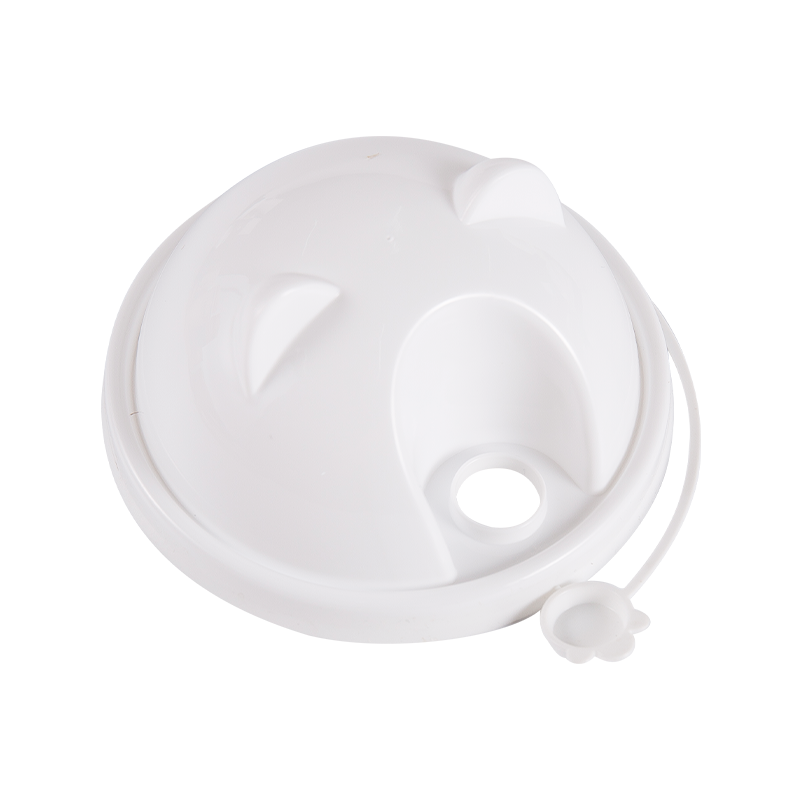
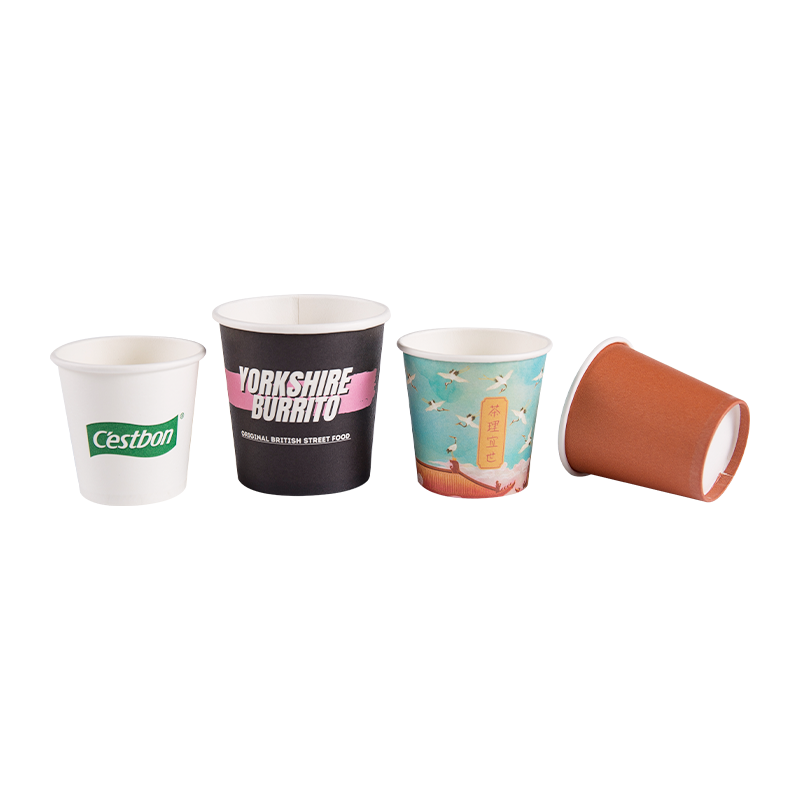



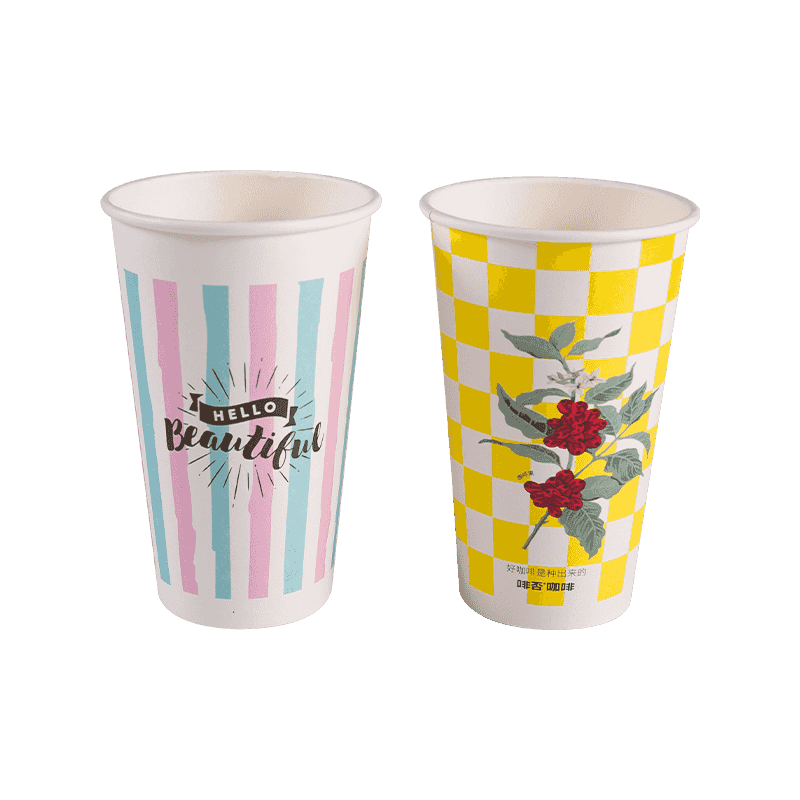
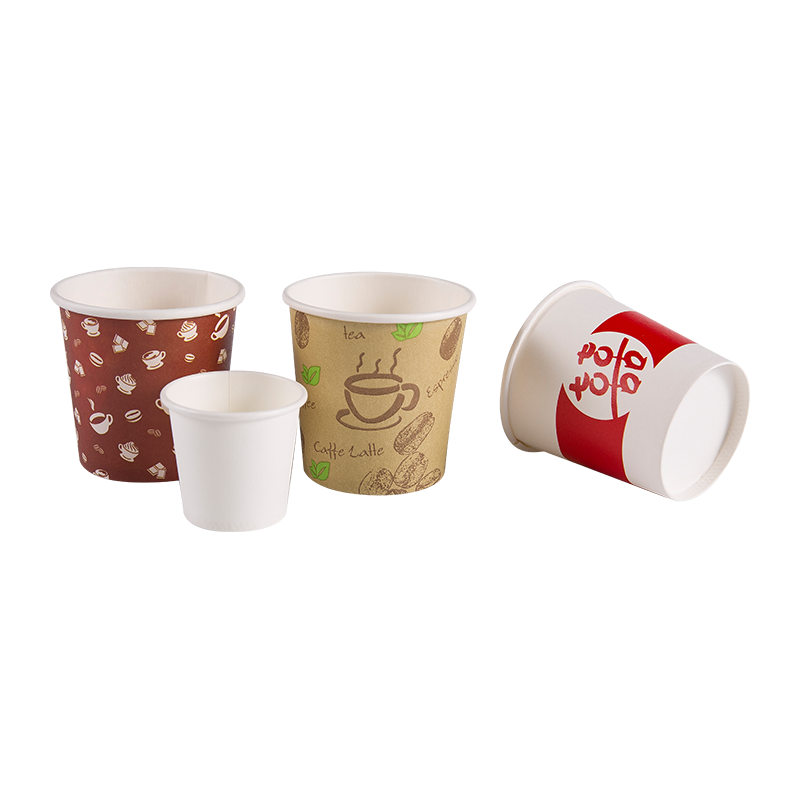
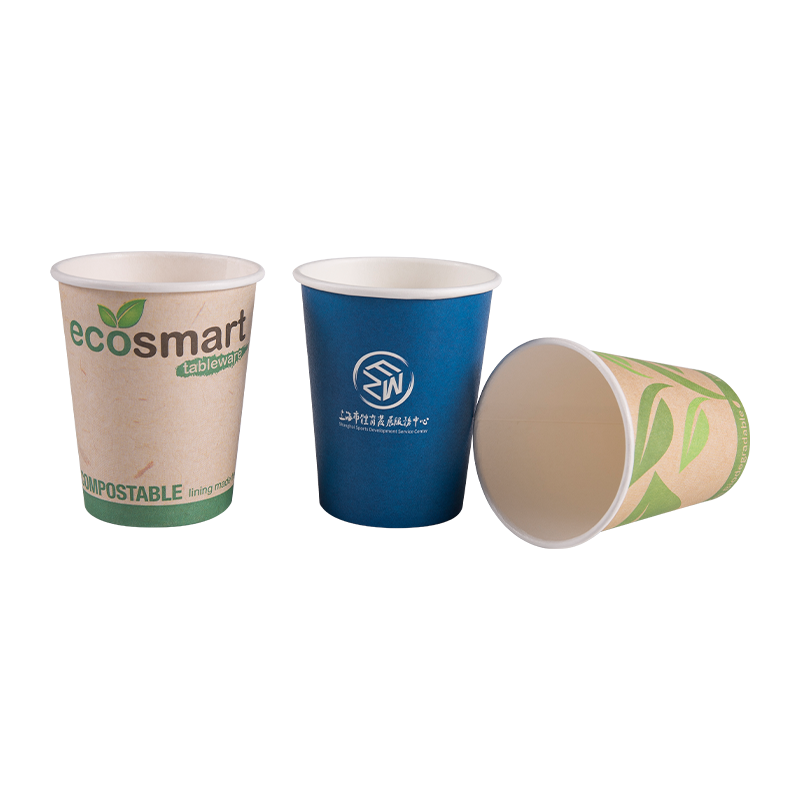
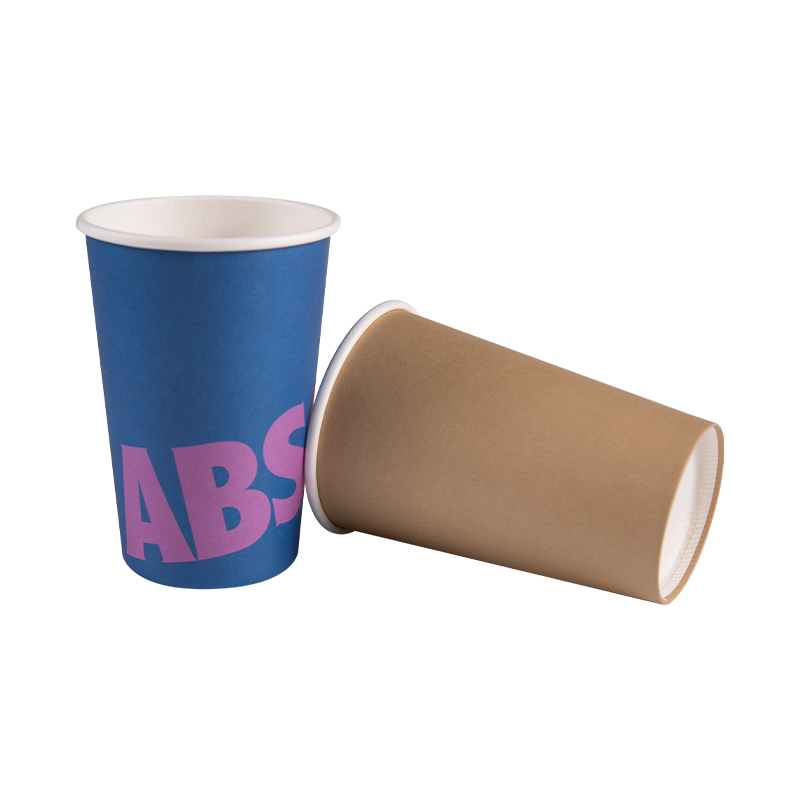
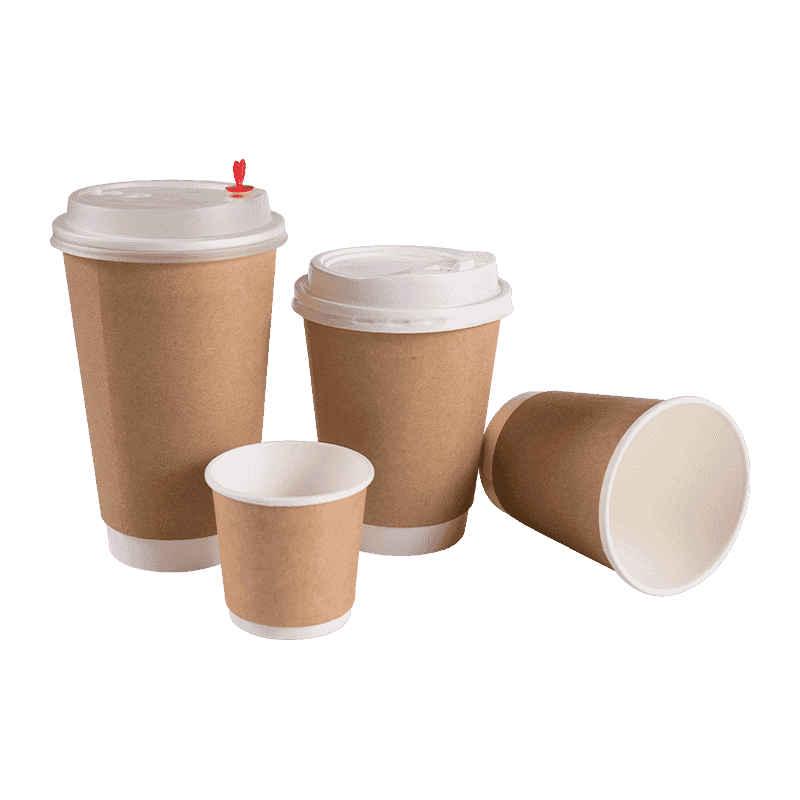
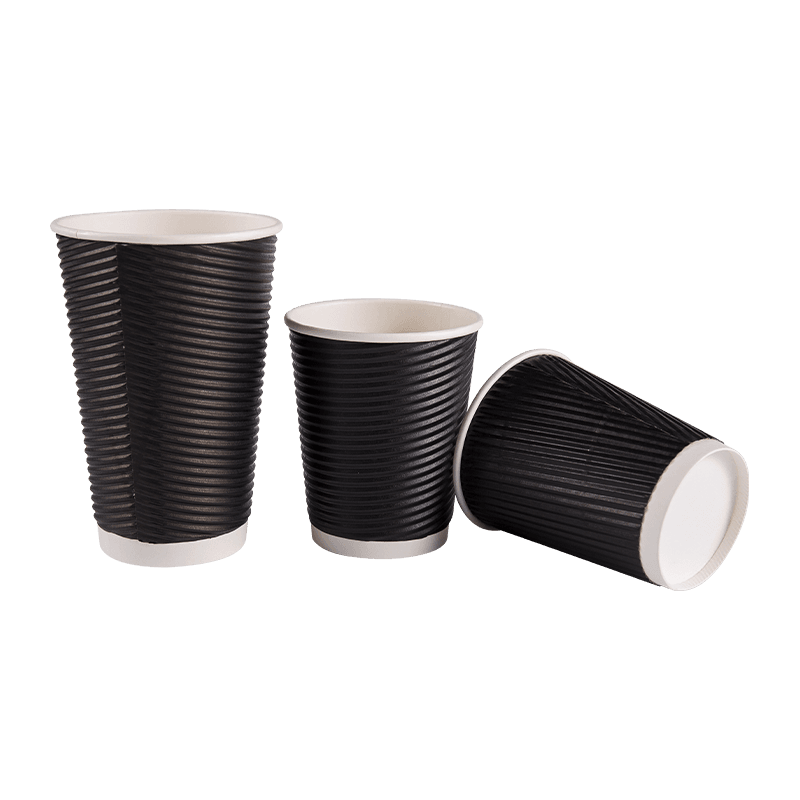

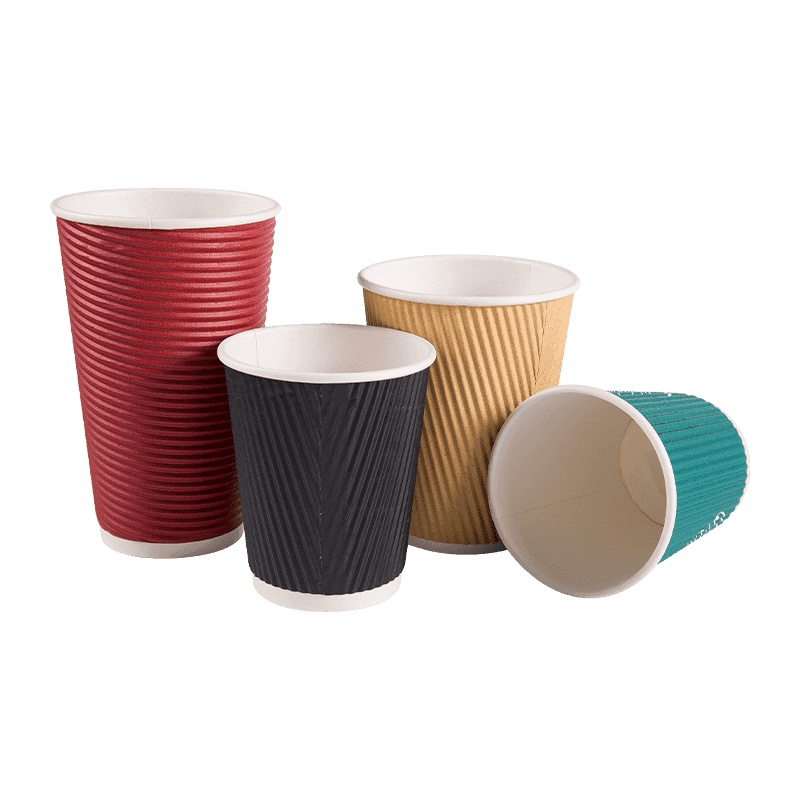

 +86-0563-8029081
+86-0563-8029081
 +86-0563-8029081
+86-0563-8029081 No. 12 Sanxi Road, Xinqiao Development Zone, Jingde Country, Xuancheng City, Anhui Province.
No. 12 Sanxi Road, Xinqiao Development Zone, Jingde Country, Xuancheng City, Anhui Province.